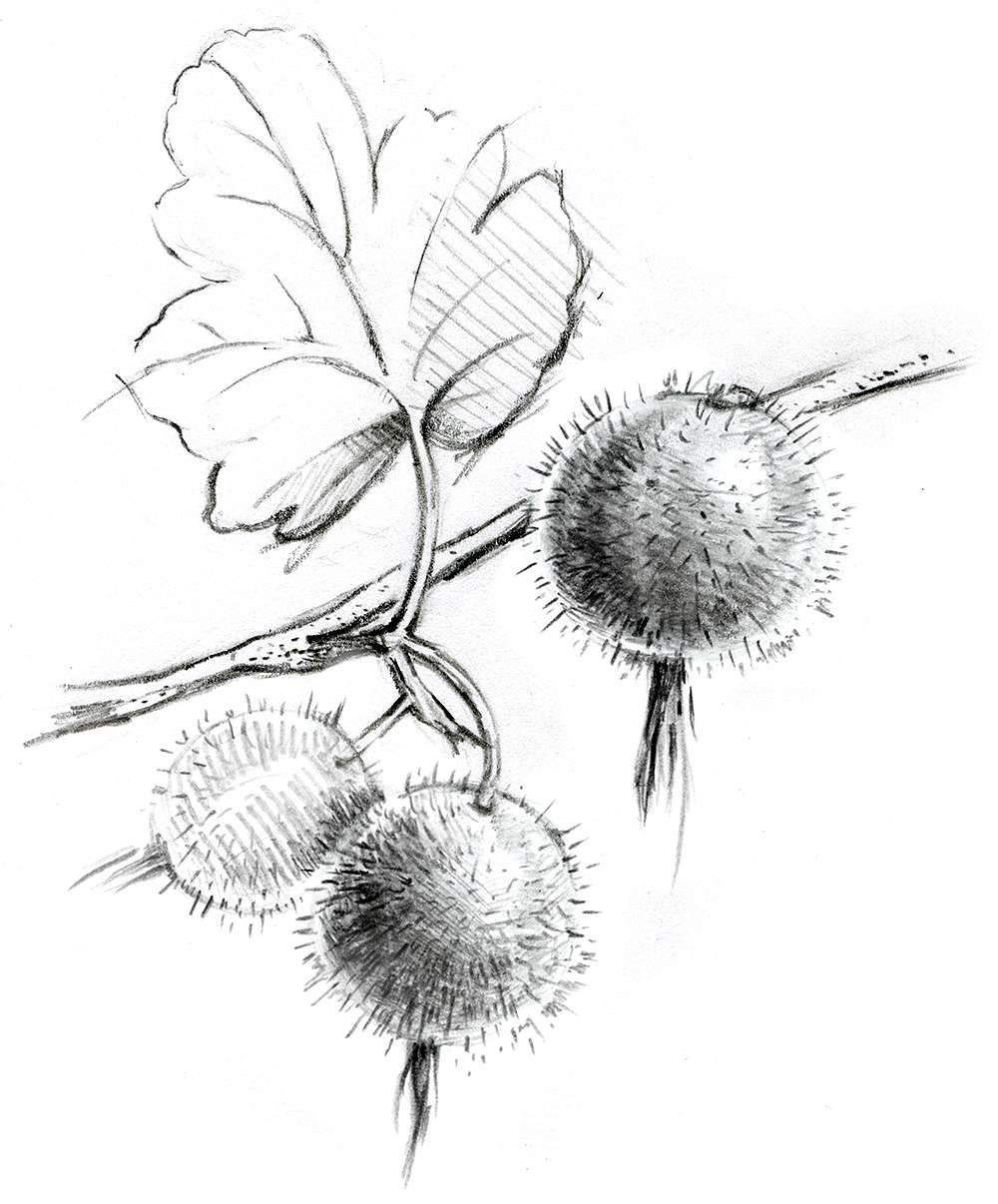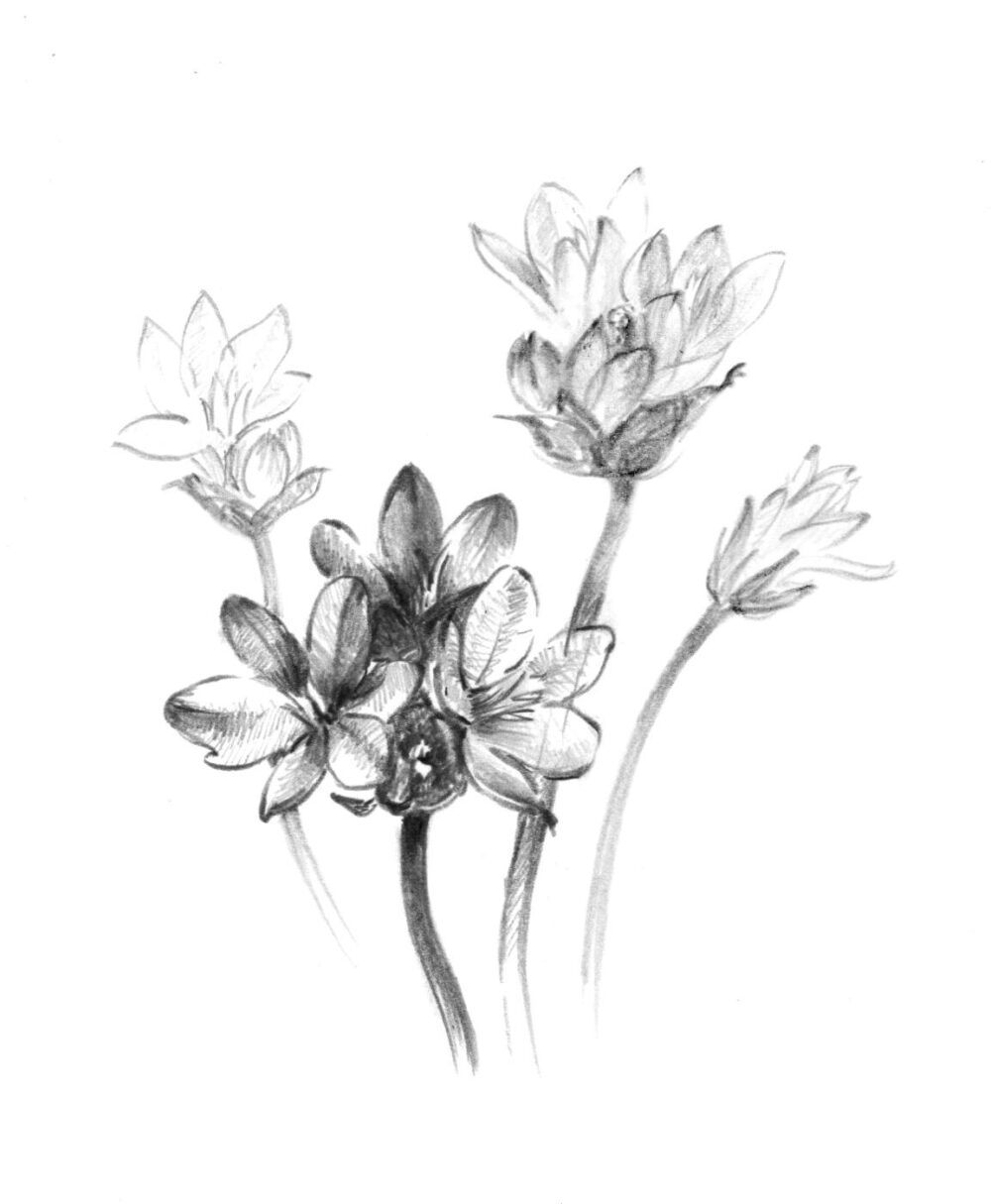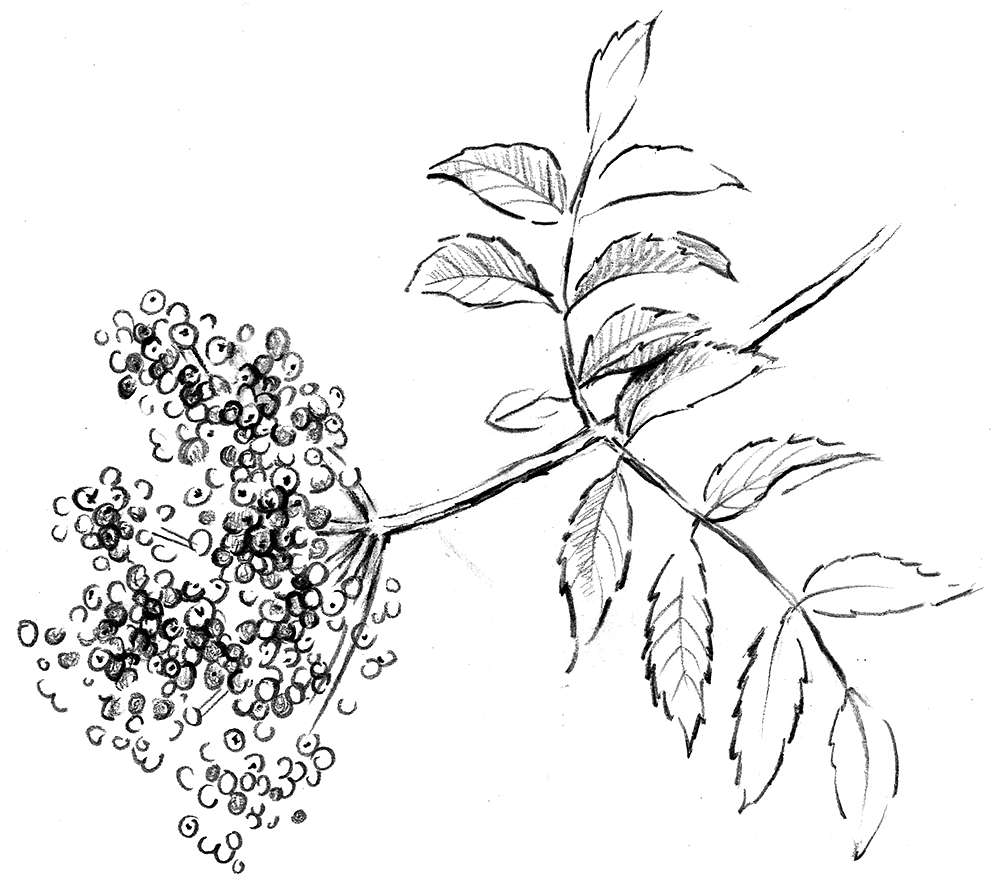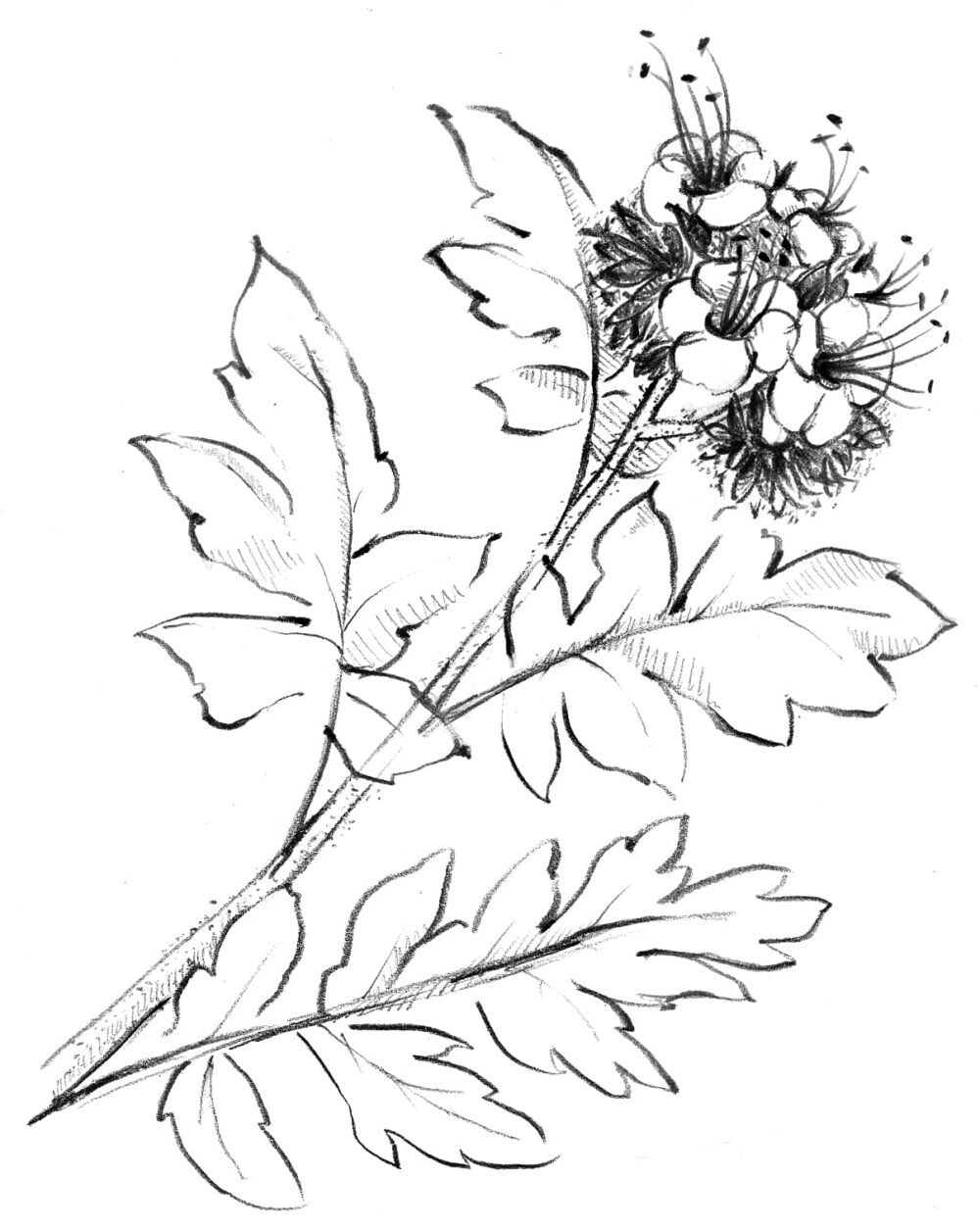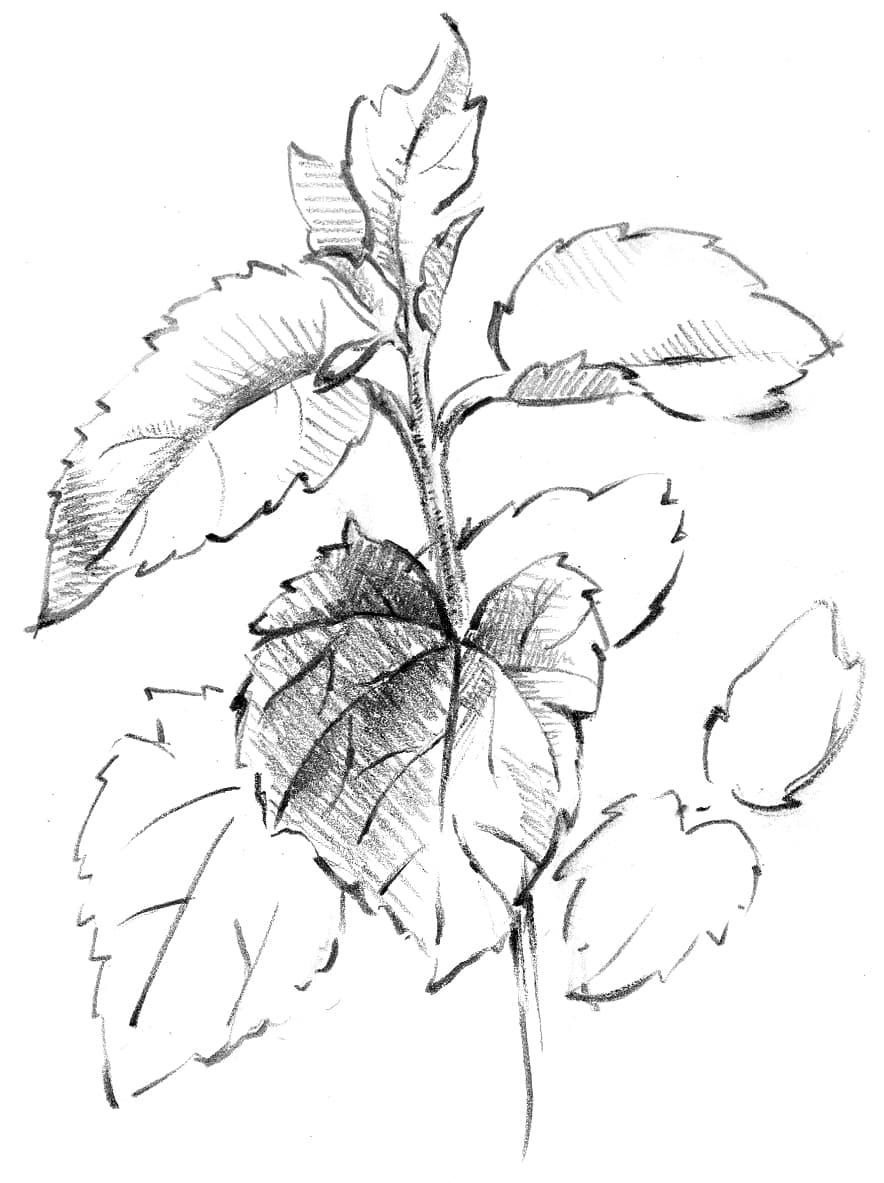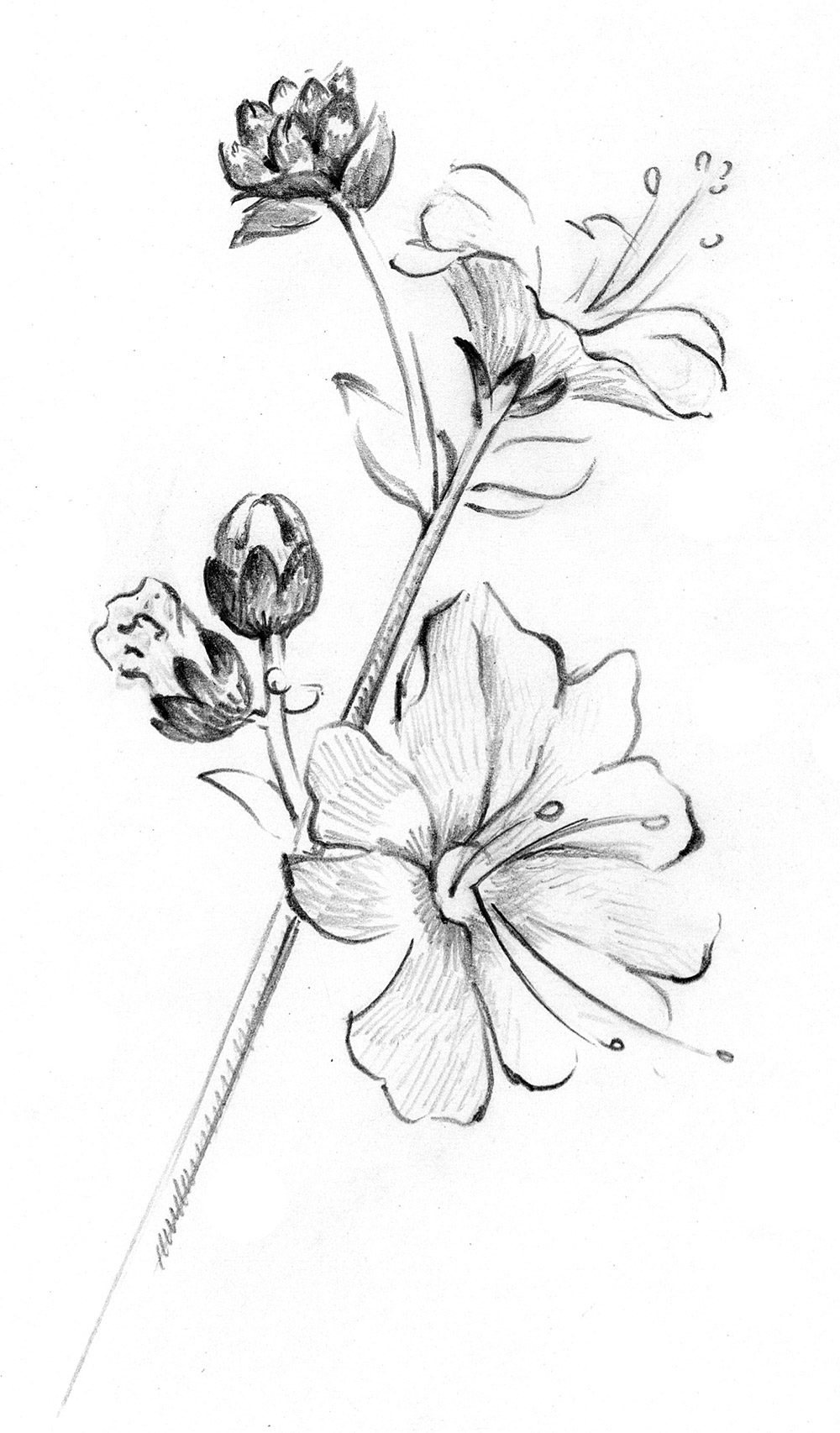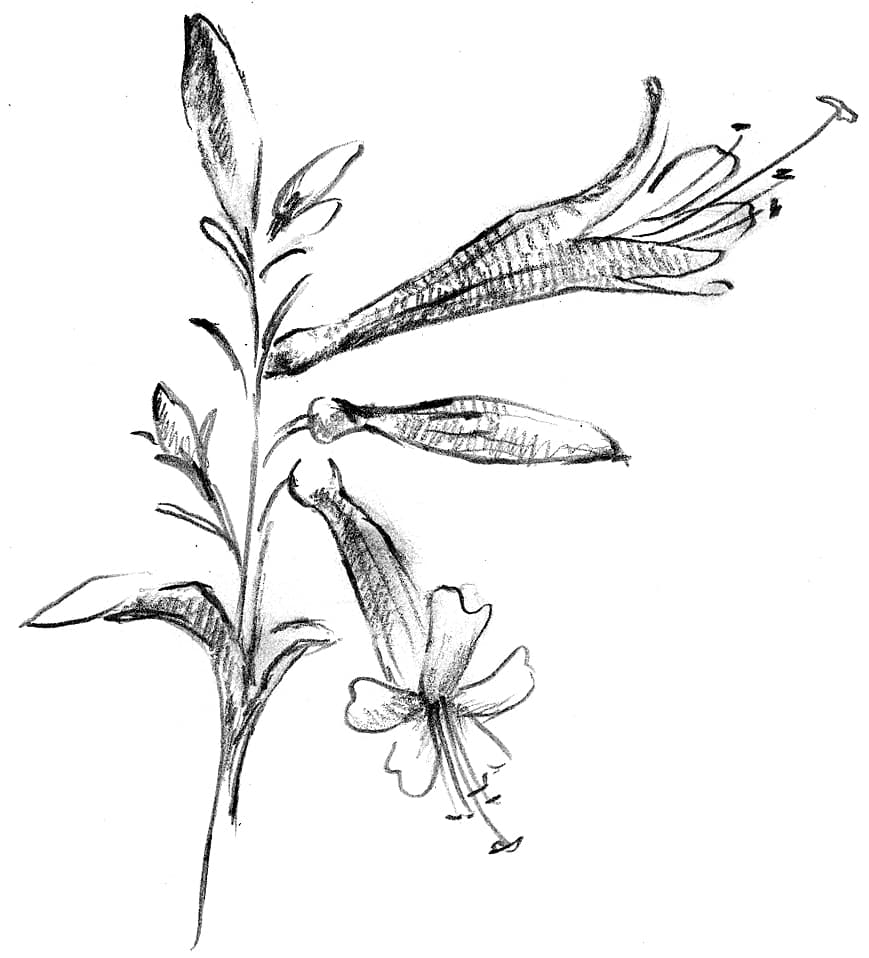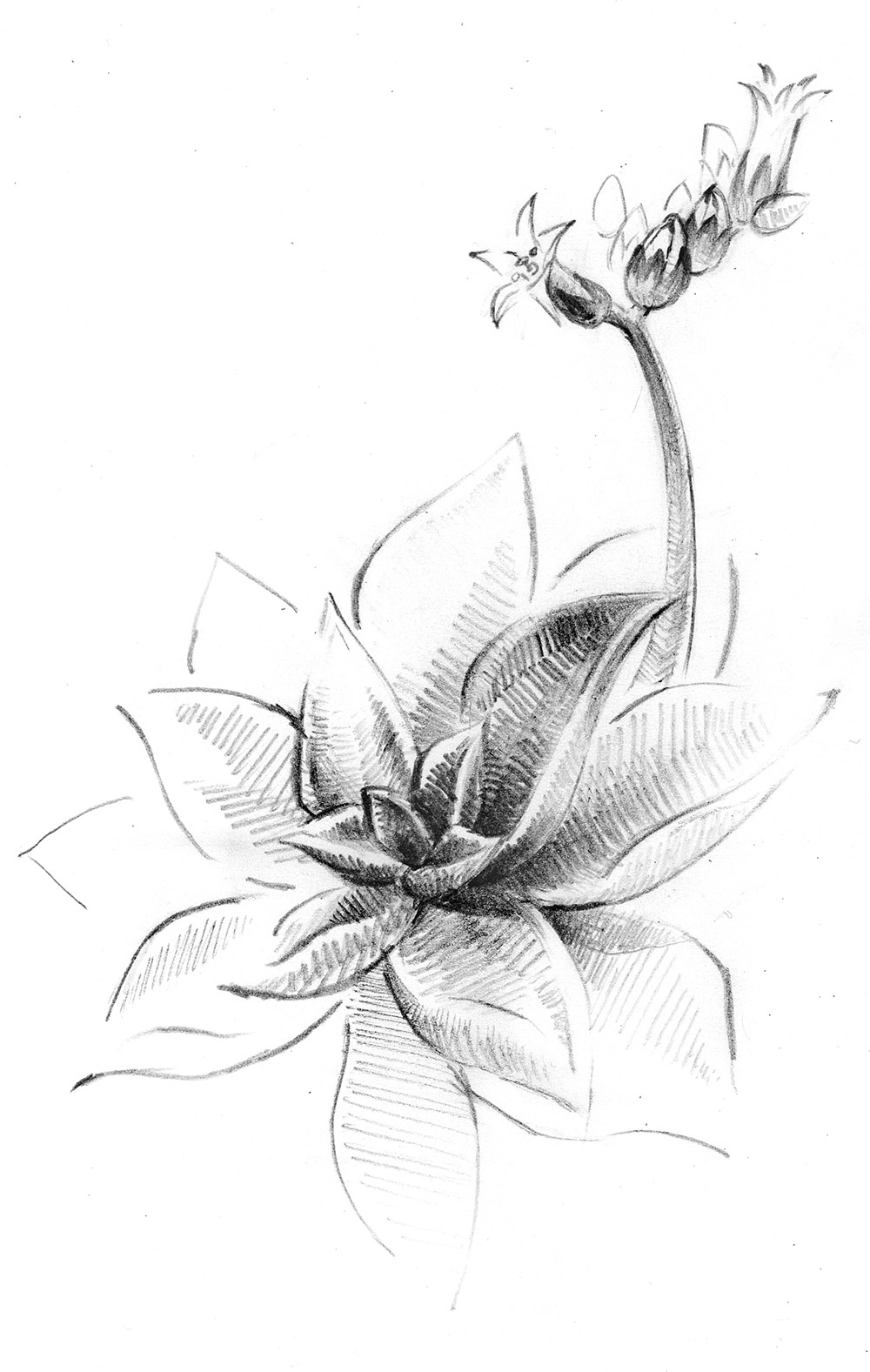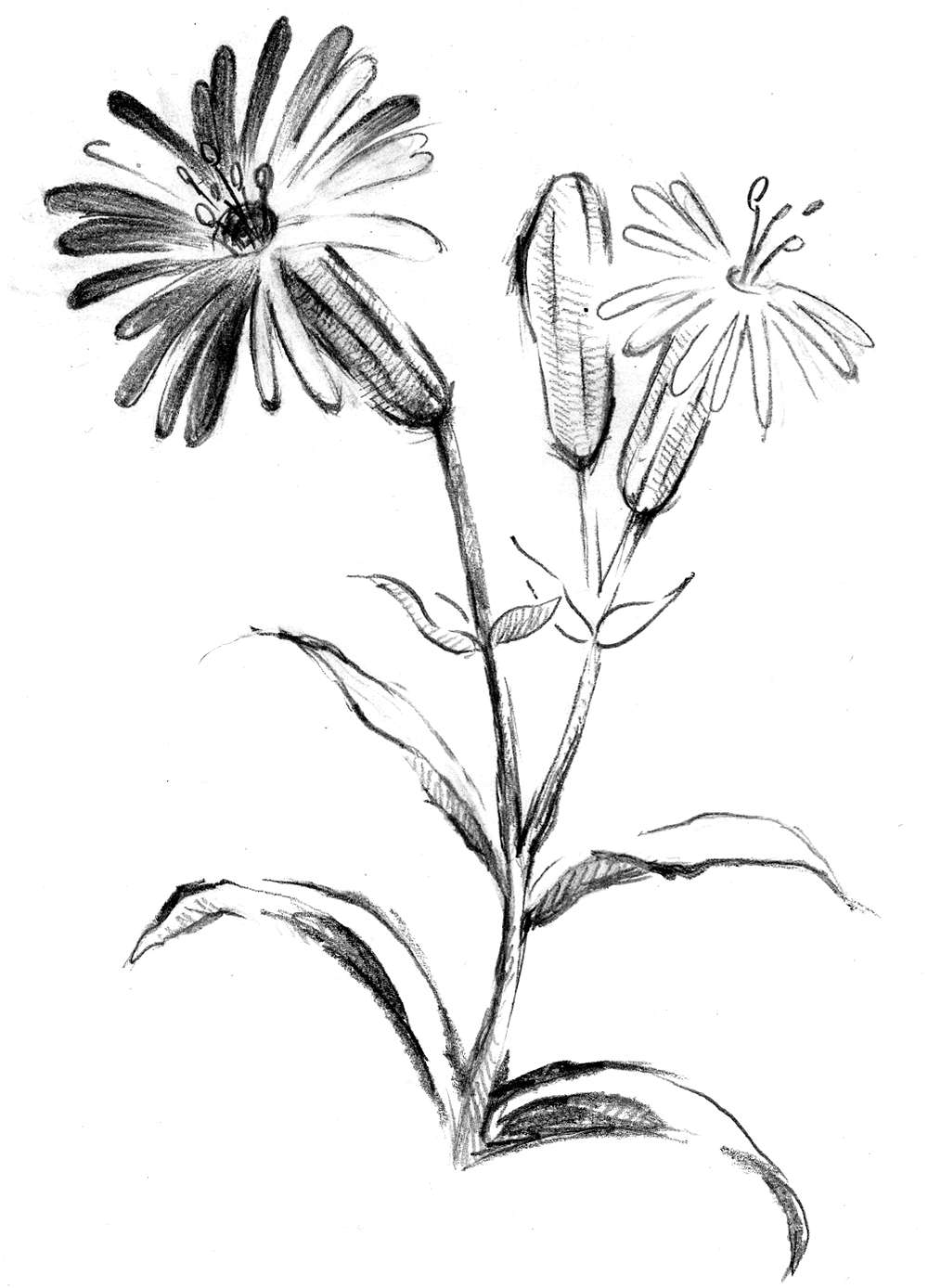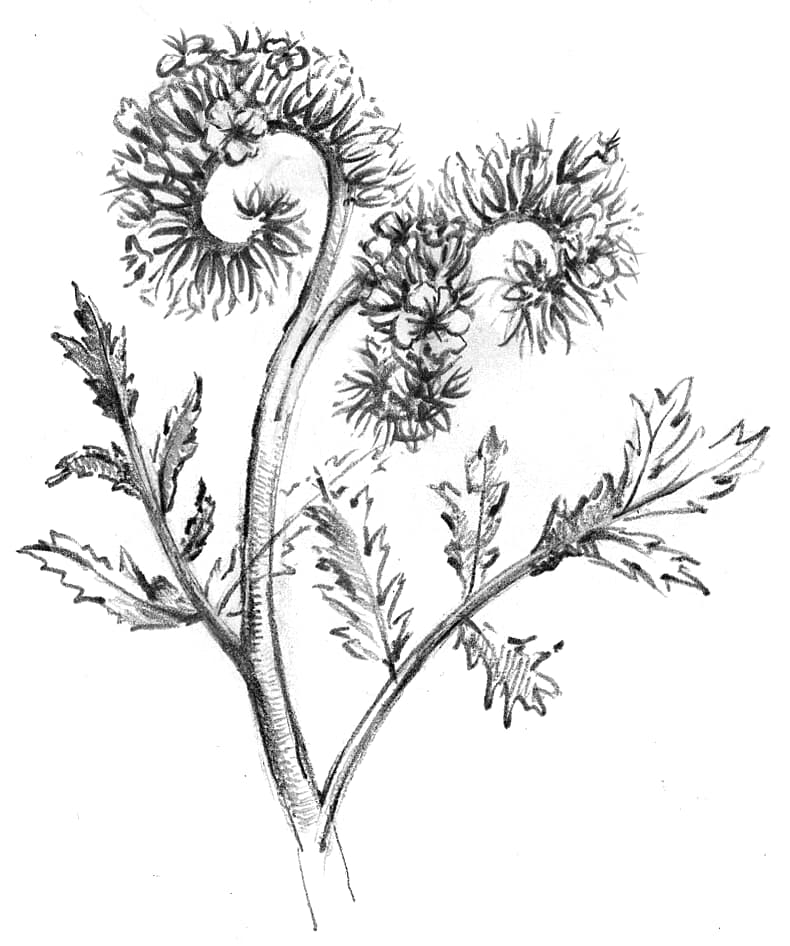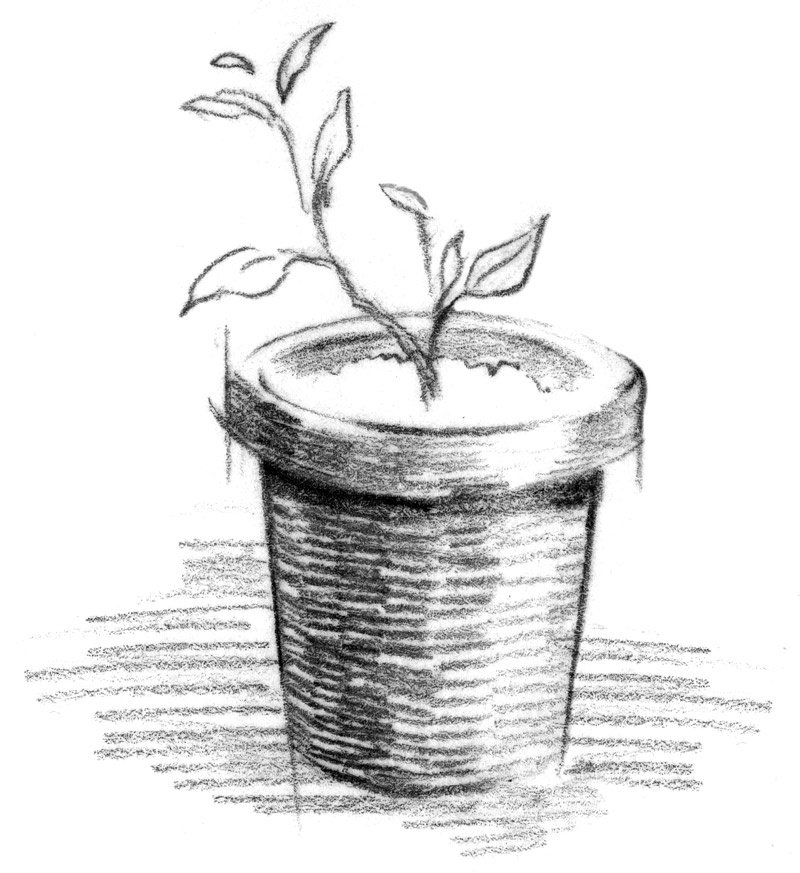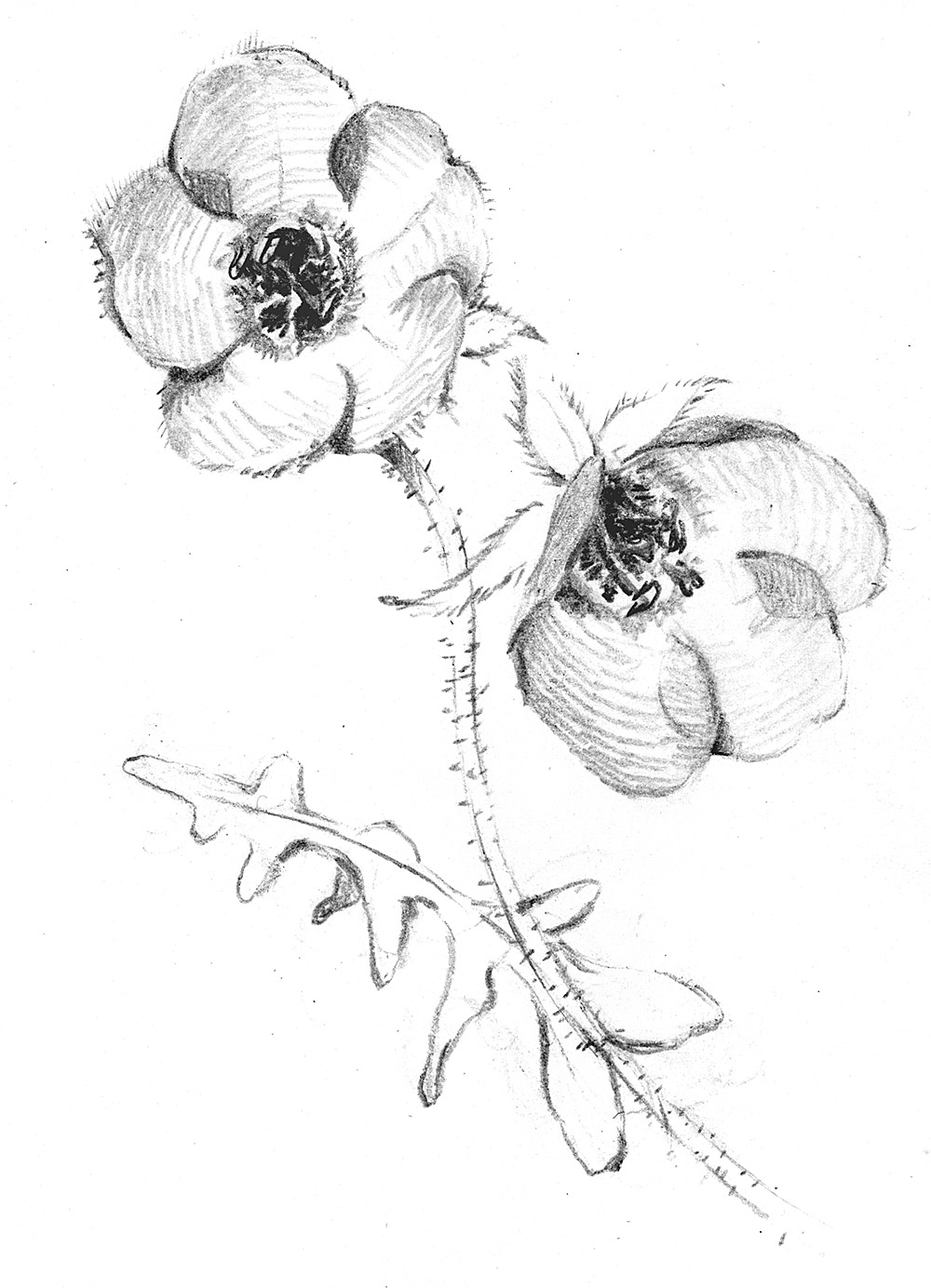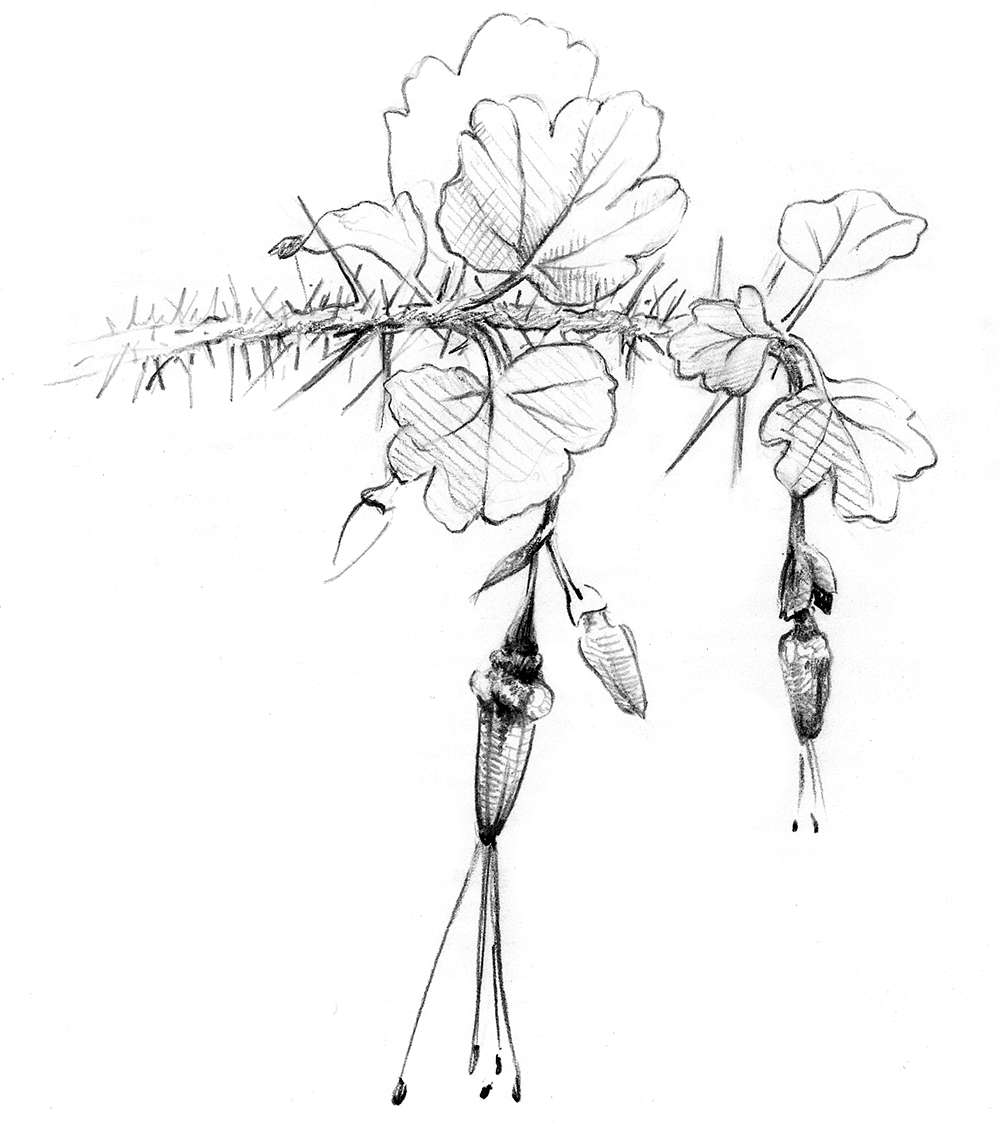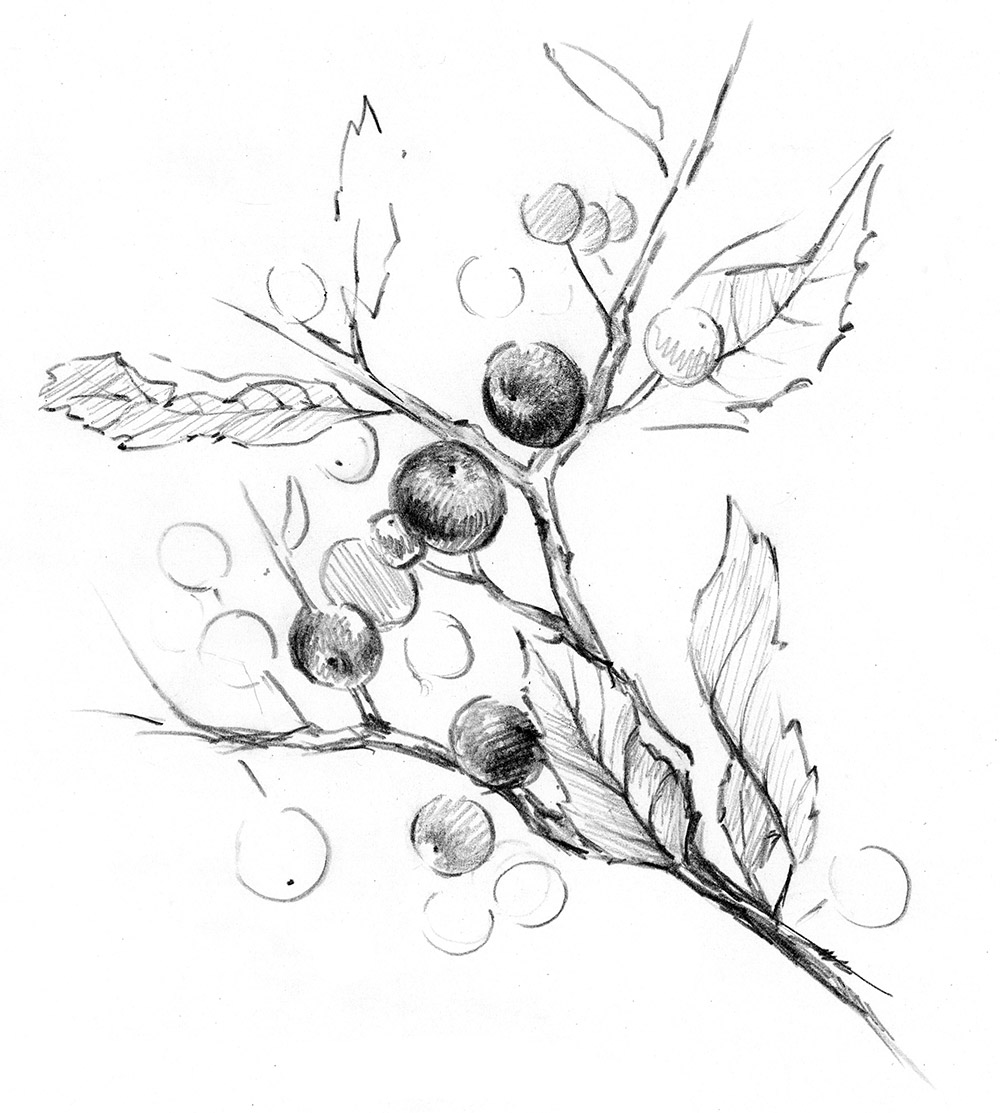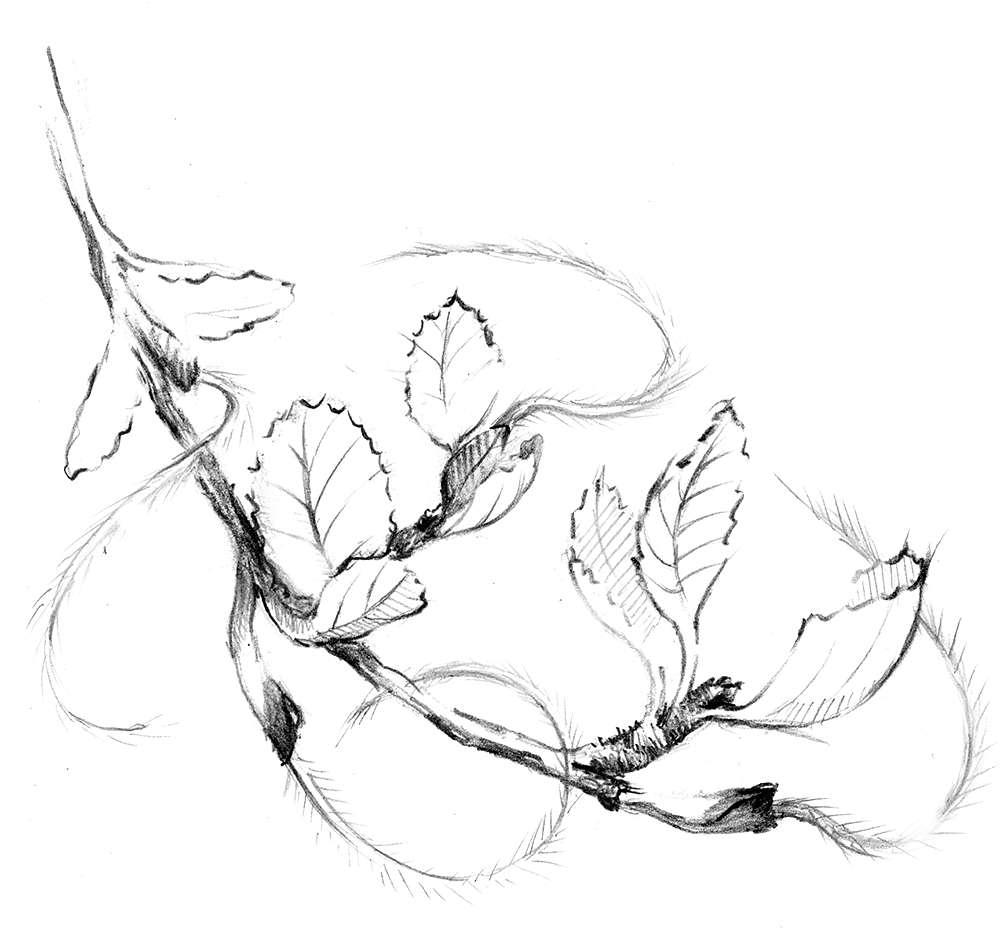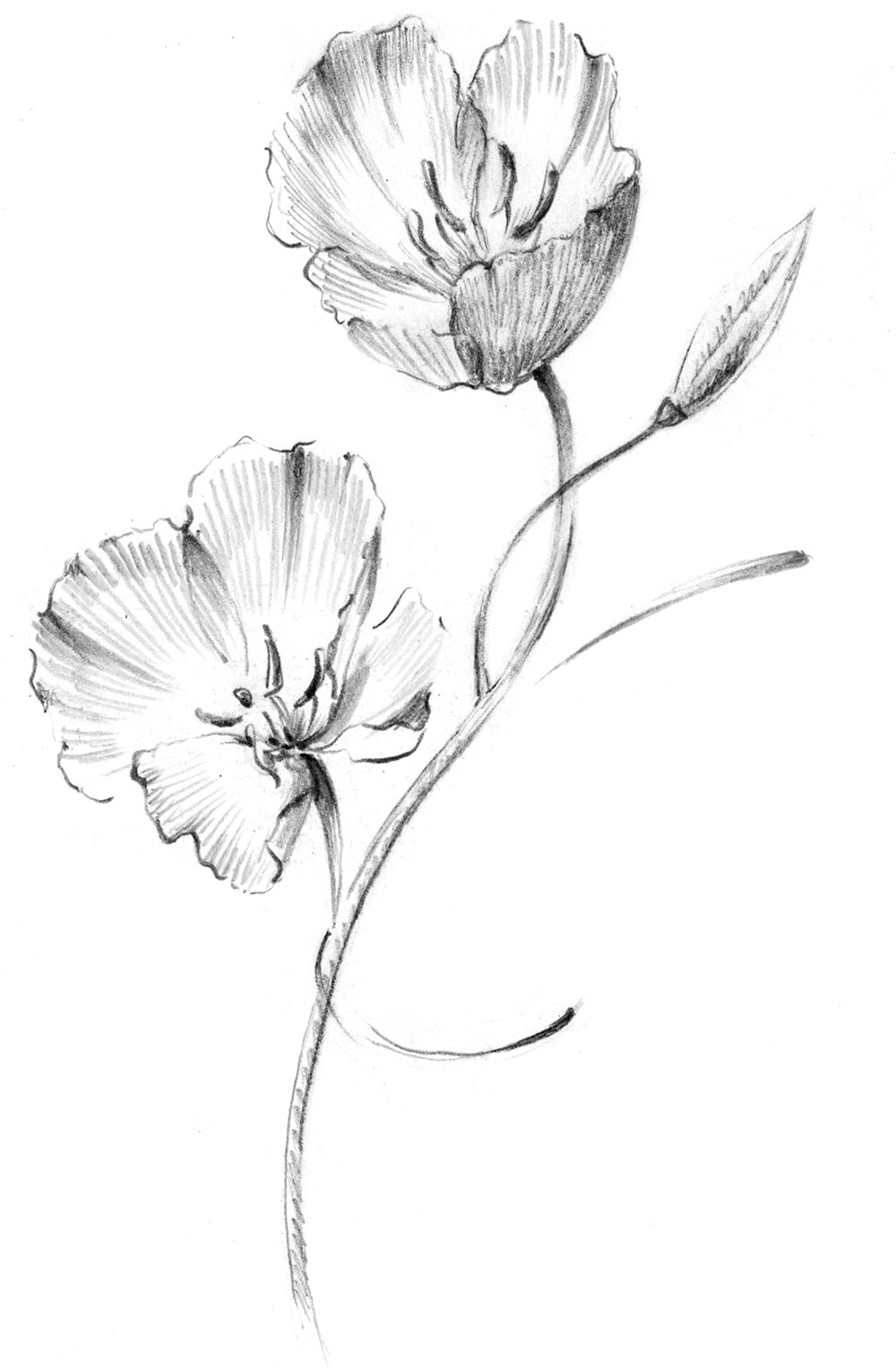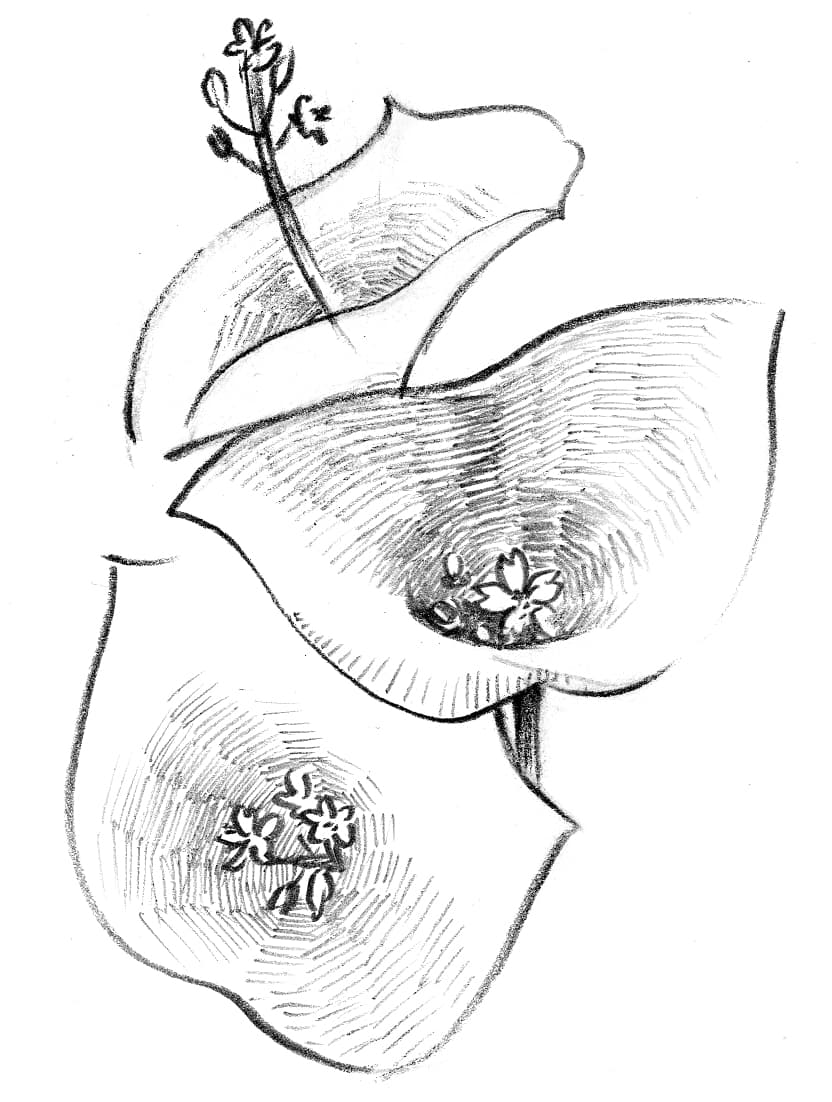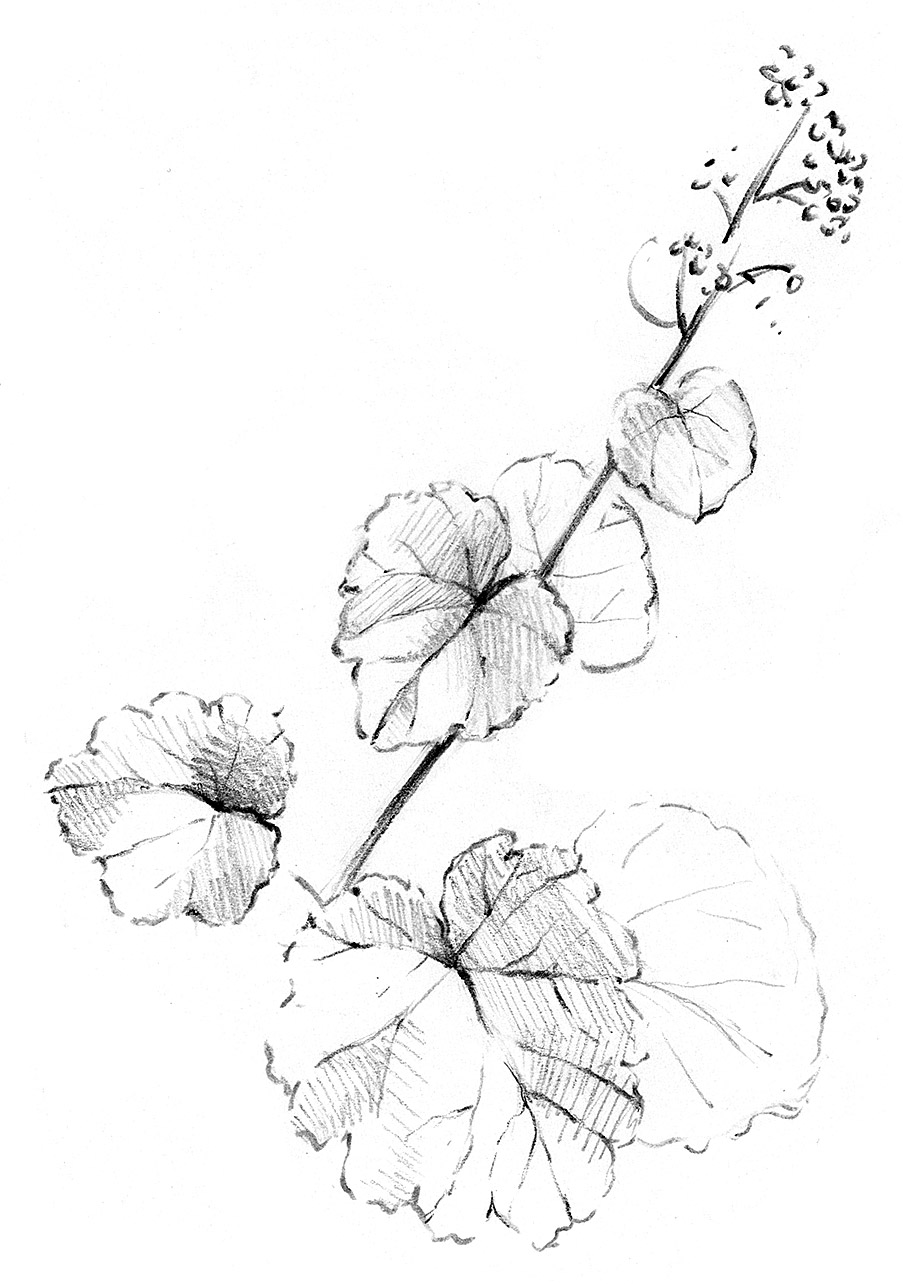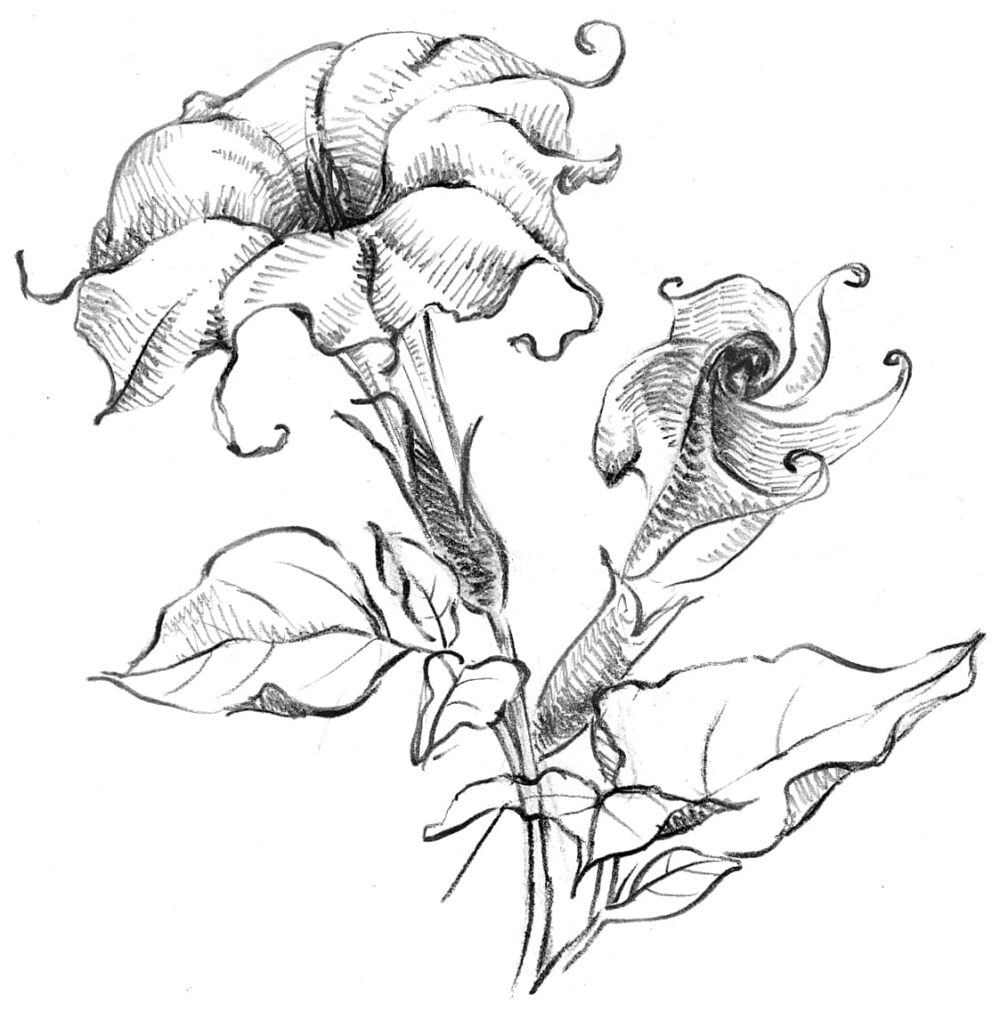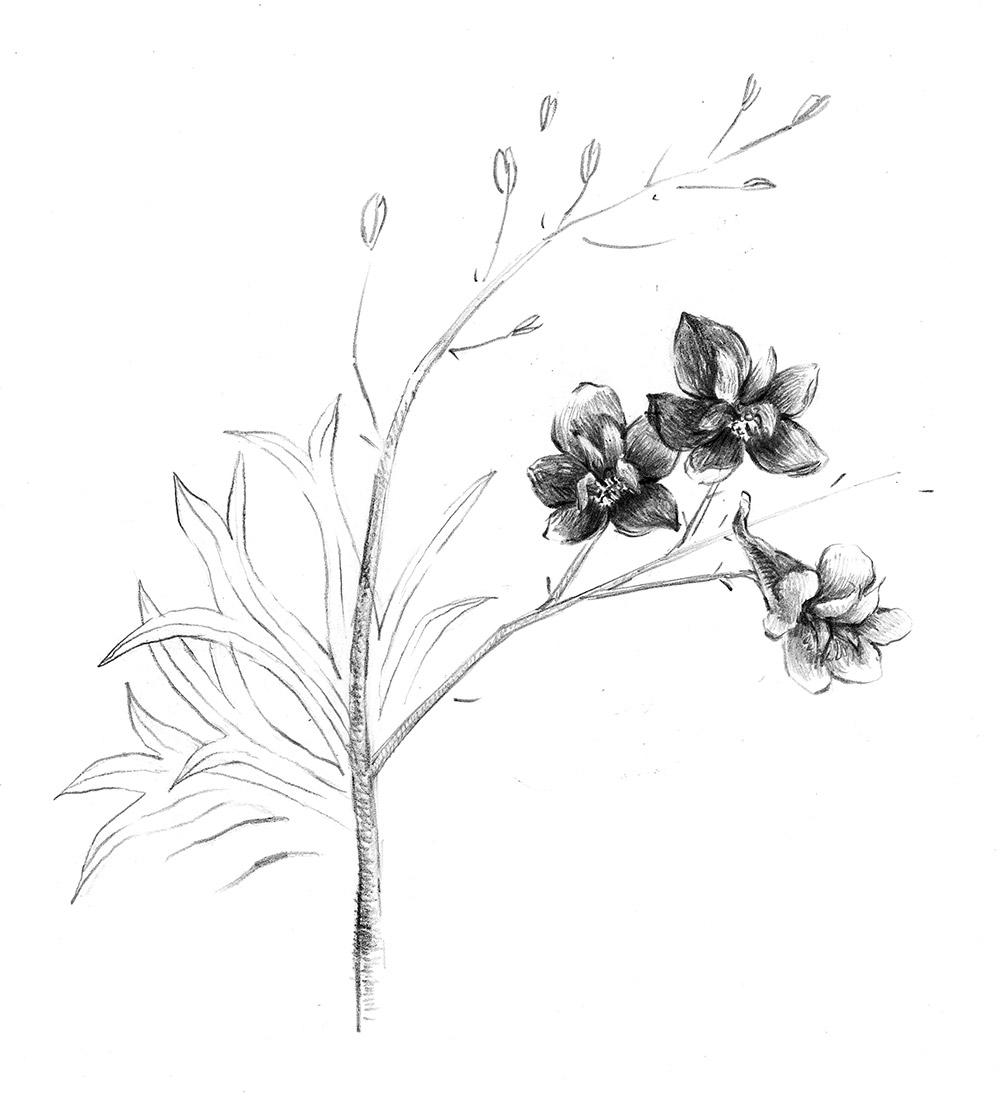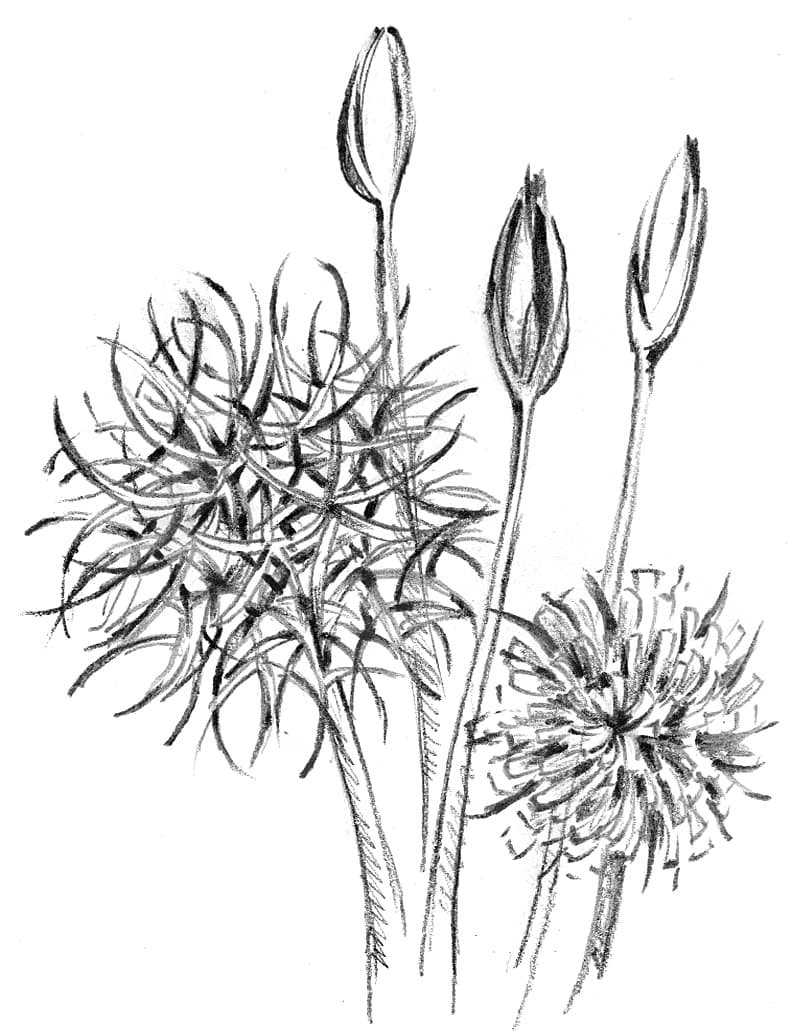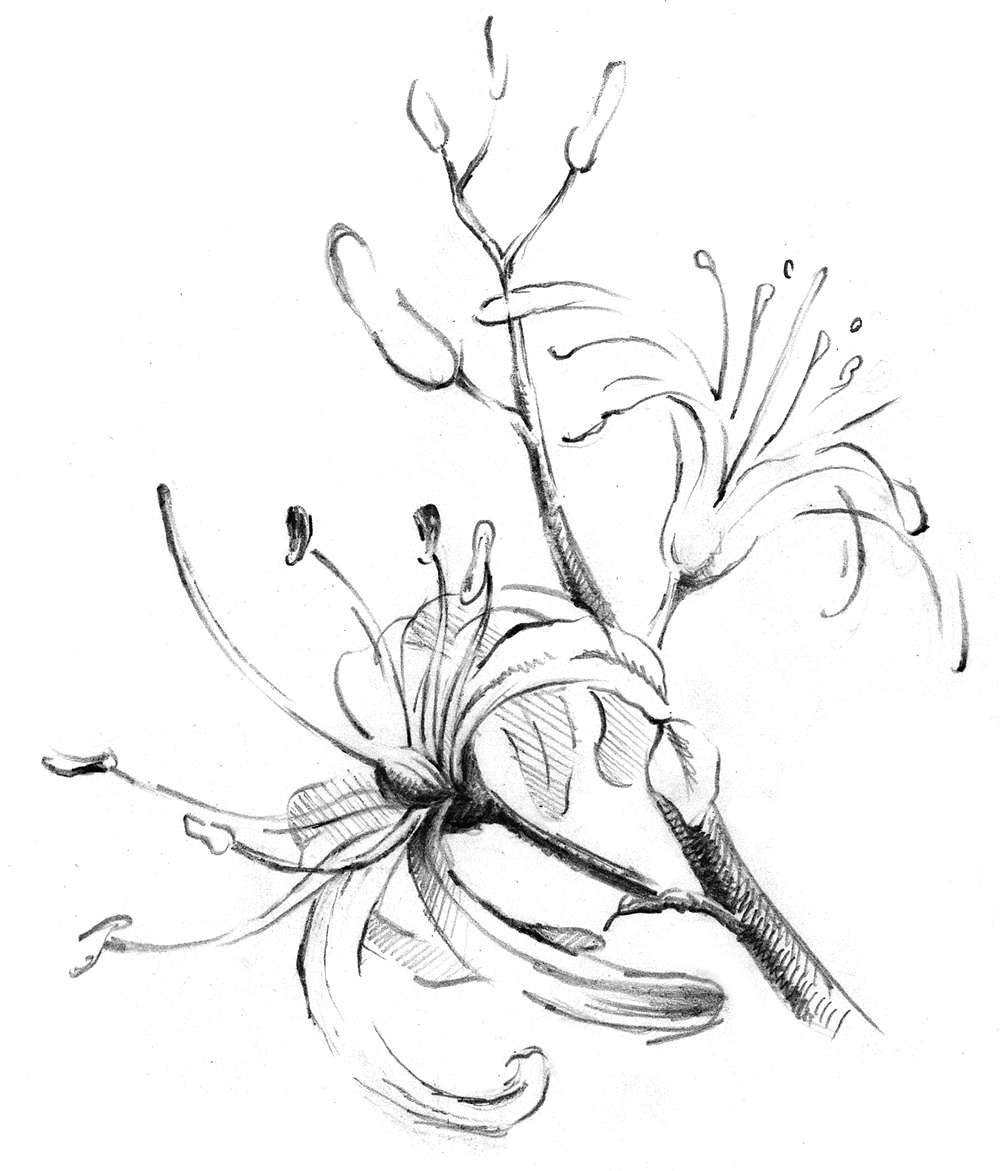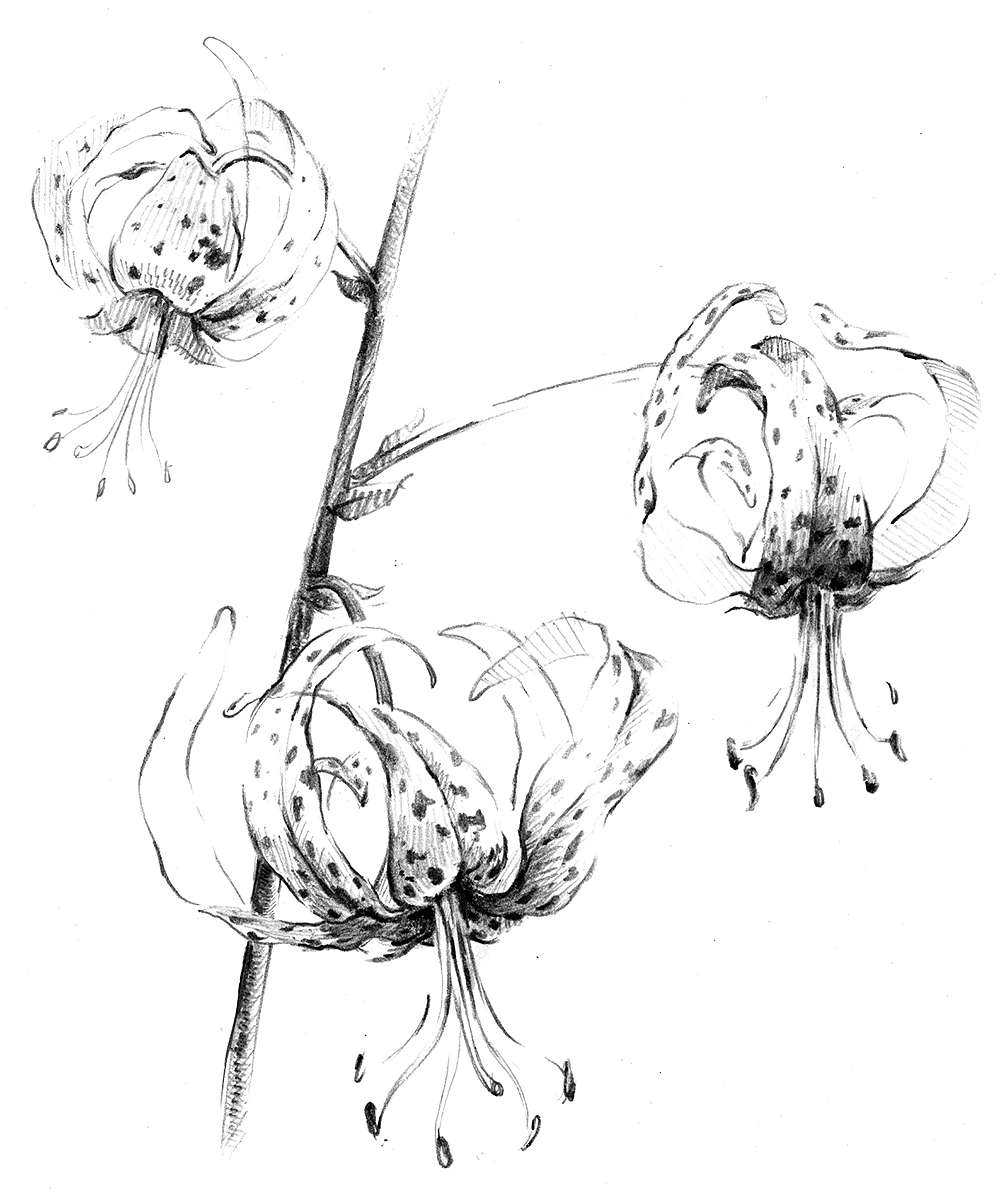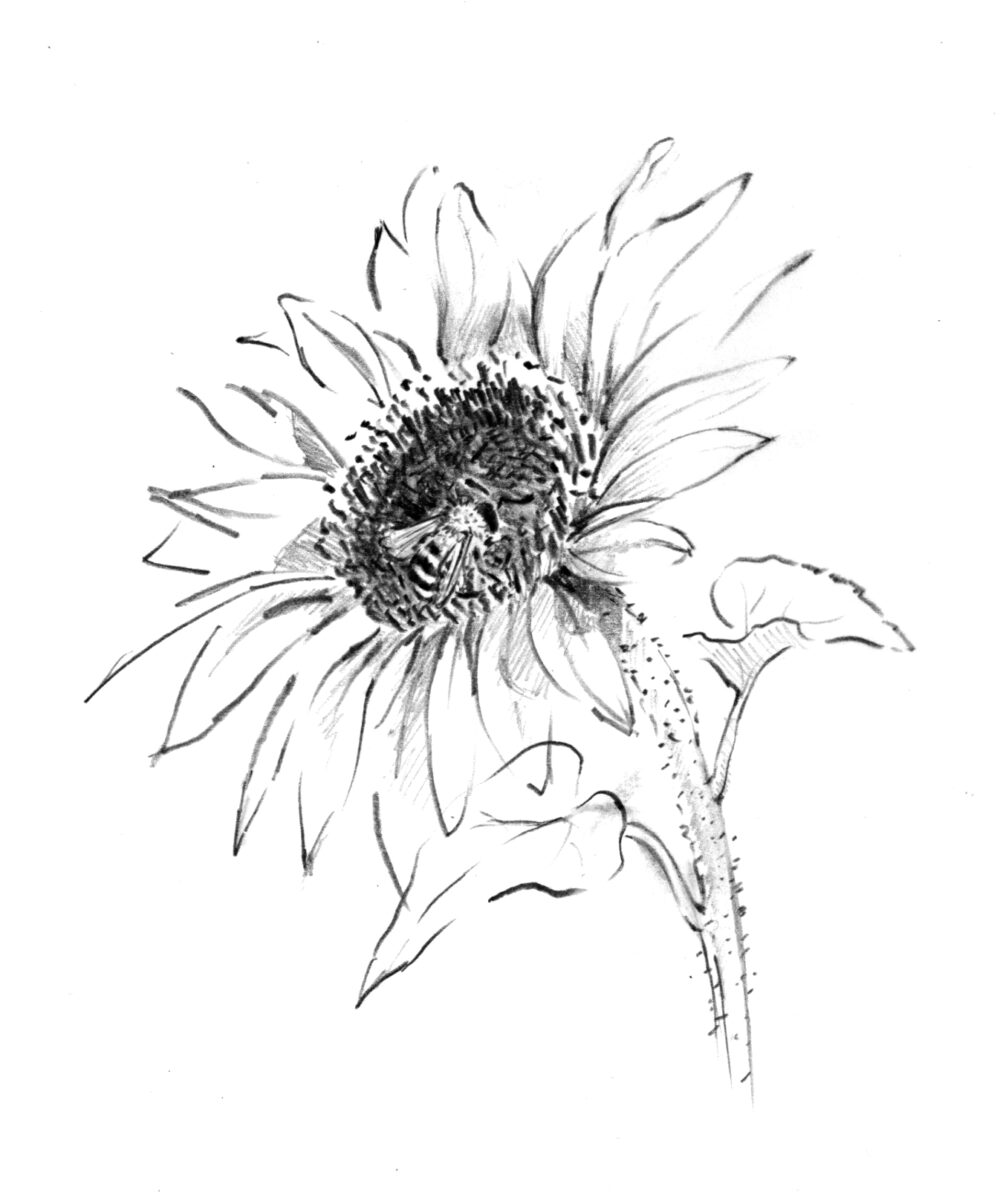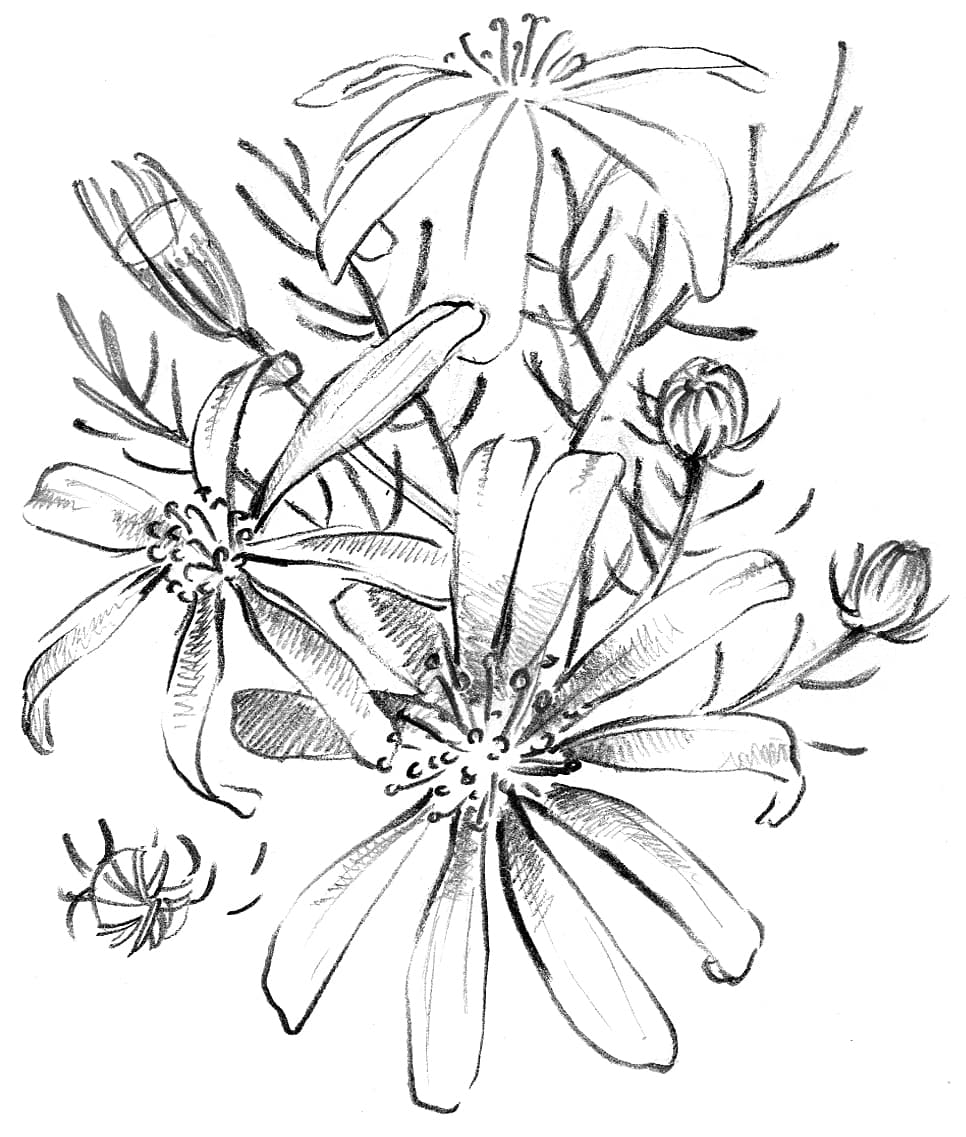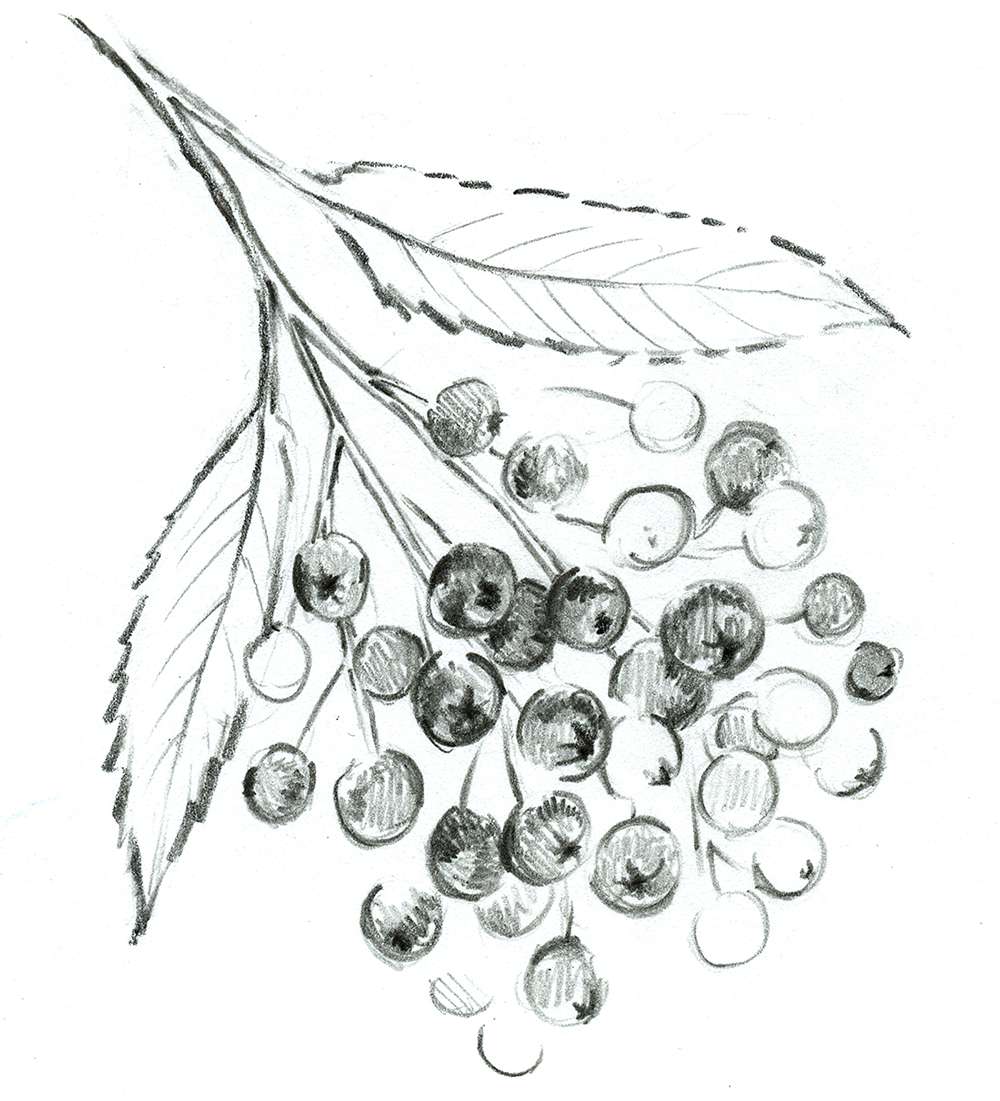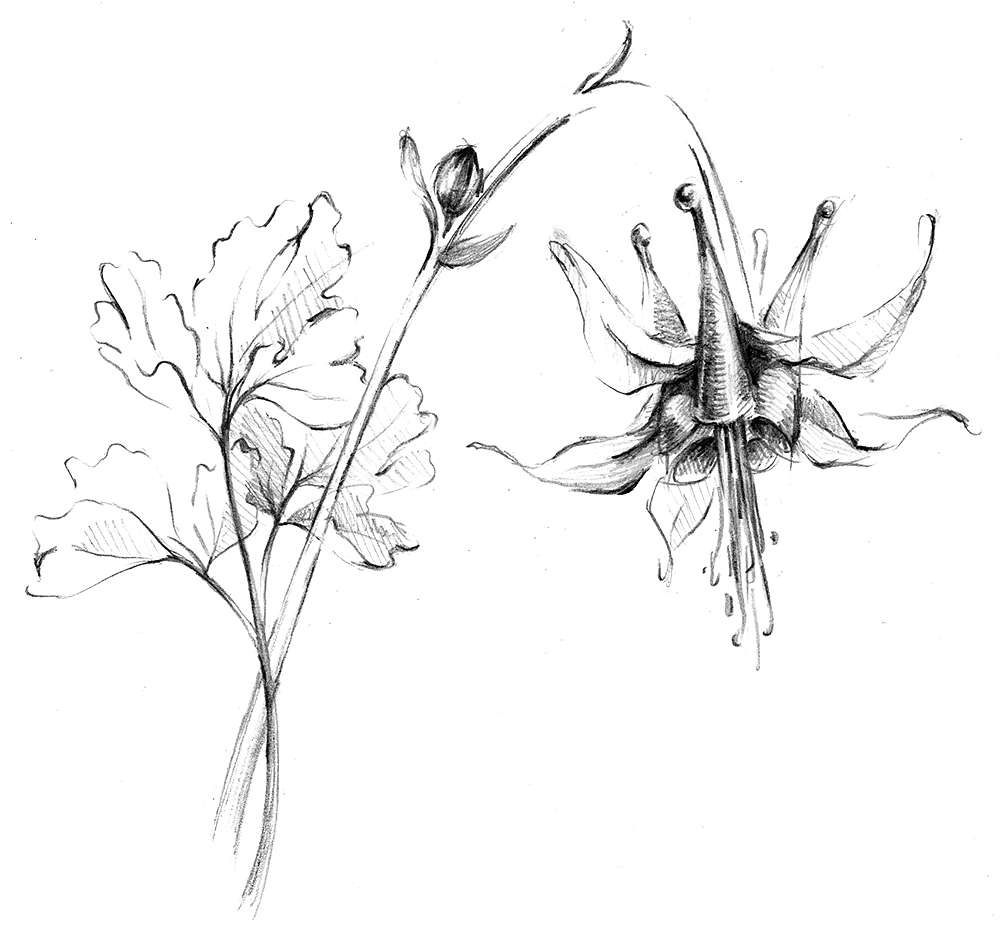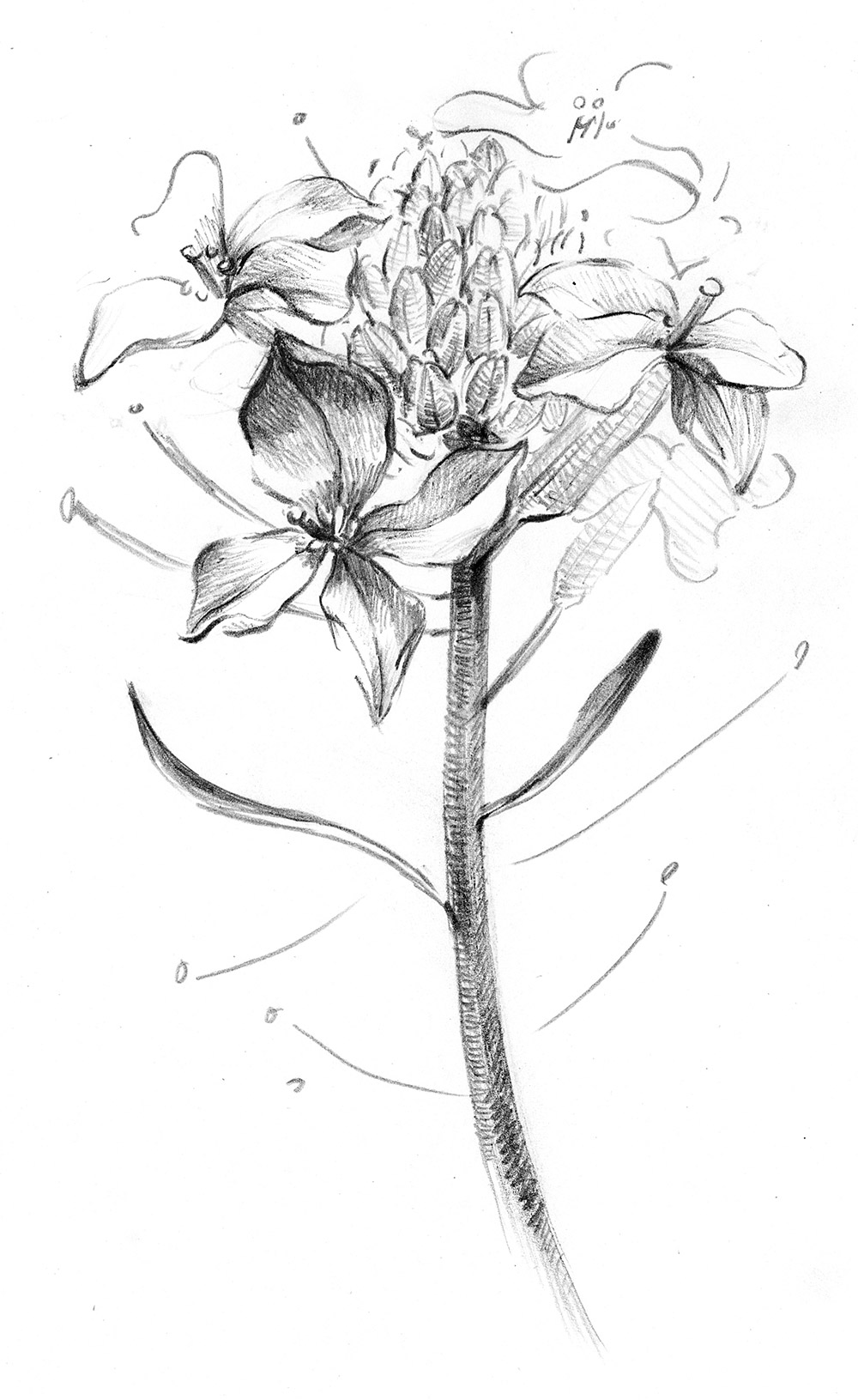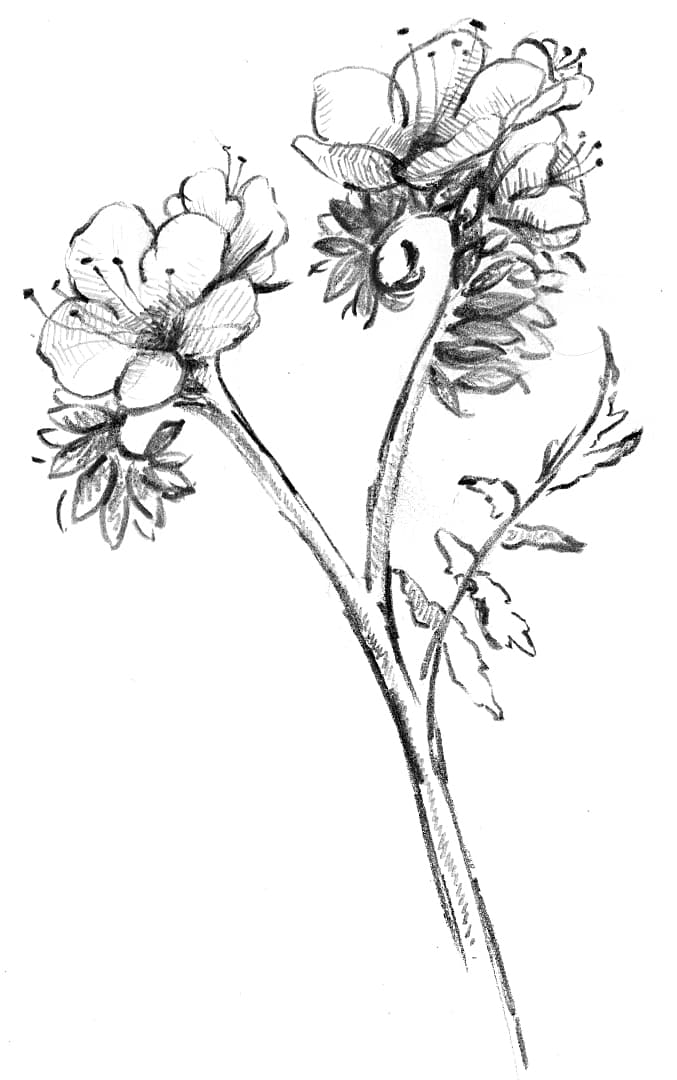We ask you, what other California native has its own foundation? Our reverence for the evergreen Coast Live Oak, with its characteristically crusty, gray bark and gnarled, impossibly twisted limbs, is equally singular. A sizeable Coast Live Oak on your property will act as a powerful wildlife magnet, attracting and supporting a veritable A-List of local bird species.
The trees’ considerable leaf litter, if left on the ground (as it should be) will eventually form a wonderfully thick mulch, much beloved by various coevolute oak understory plants. And while these trees may be long-lived, they’re relatively fast-growing. (That said, you probably don’t need to worry too much about dealing with maximum height and width when you plant an oak seedling – that is, unless you’re planning on living for a few hundred years. Future generations of Nuttall’s Woodpeckers will thank you nonetheless.)
We offer Coast Live Oak seedlings sprouted from acorns gathered in the LANPS garden, which makes them particularly suitable for planting in Northeastern L.A. gardens. We start them in 14″ forestry pots to assure that the trees’ long taproot isn’t coiled on itself before you even plant it, a condition that can doom many 1-gallon, commercially grown oak seedlings in the long run. After a year or so, we “graduate” them to 18″ deepots so that they will continue to have room to keep growing until they’re planted out.
Site your seedling in a sunny to part-shady spot in your garden where it will have plenty of room to grow, away from plants that need a lot of supplemental water in the summer. Your seedling will, however, need deep, monthly watering outside the rainy season for its first year or two and may need protection from intense summer heat while it’s getting established if you site it in full sun. Most importantly for its overall wellbeing, keep weeds and non-native grasses under control in the vicinity of your baby oak.
With California’s Quercus agrifolia population under multiple threats – from unintentionally imported insect plagues to climate change – there is, perhaps, no other act of native gardening that will have a greater positive impact on the future health of the local environment than successfully planting a Coast Live Oak. The sooner you get yours in the ground, the more likely you’ll be around to enjoy sitting in the merciful shade of its canopy on some hot summer day in, say, 2039.


